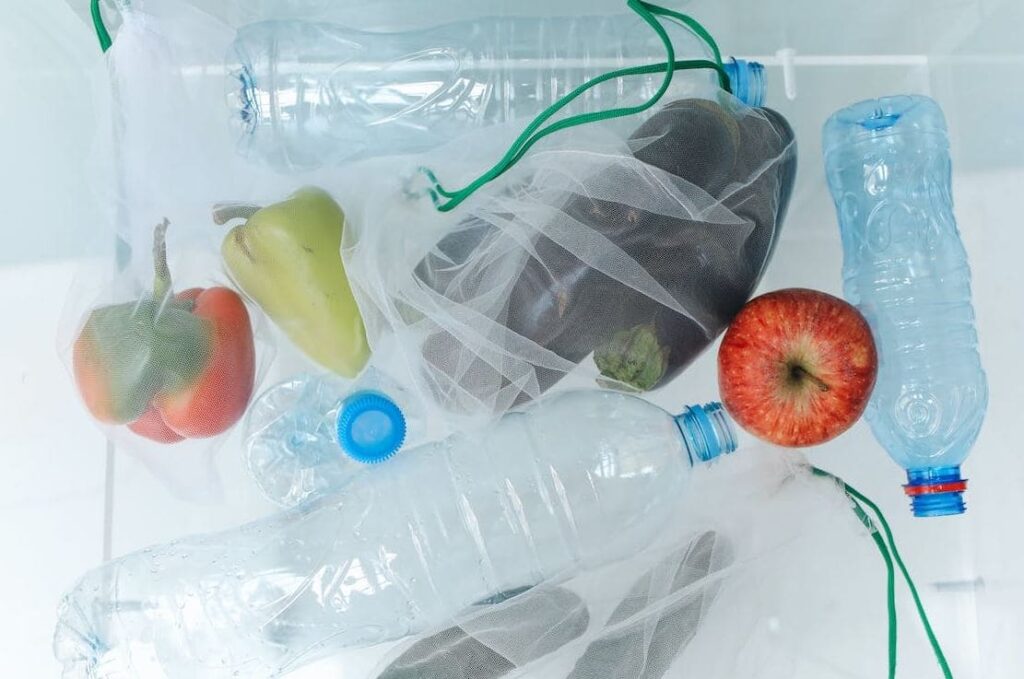Introduction
The measures taken to collect and reprocess recyclable material are important in minimizing recycling costs and preventing environmental pollution. However, the approaches or steps taken do not help to collect and reprocess 100% of the recyclable material due to challenges, such as contamination of waste, cost of the process, and difficulties in finding specific waste. Today, recycling helps to ensure that waste materials, like plastics, glass, and metals, are reprocessed. Even though the current recycling measures help people to reuse tons of waste, their effectiveness is low because more than 50% of municipal solid waste is dumped in landfills, and only a small percentage of plastics and other products, like textiles, are reprocessed.
Efficiency in Recycling Municipal Solid Waste
Of the total number of municipal solid waste collected in the United States (US), more than half of it is not recycled. For example, while about 292.4 million tons were generated in 2018, only 69 million tons of this waste was recycled (EPA 2023a, para. 2). The percentage recycled is still small, showing that recycling measures are not highly effective in collecting and reprocessing material. While other waste was managed through other processes, more than 50% of the total waste still ended up in landfills (EPA 2023a, para. 2). Since this waste included plastics, glass, paper, and other recyclable materials that have not been collected, disposing it in landfills shows that the current recycling measures are not highly effective. Better approaches are needed to collect and recycle more waste material.

Effectiveness in Recycling Plastics
The recycling measures implemented for plastics are not highly effective since only a small percentage of it is reprocessed and reused. As per the US Environmental Protection Agency (EPA) (2023b), only 3 million tons or 8.7% of plastic waste produced in the country was recycled in 2018 (para. 7). The rest was mismanaged, combusted or ended up in aquatic bodies and landfills. For example, 27 million tons of plastic waste was dumped in landfills in 2018, while 5.6 million tons of plastic was incinerated with energy recovery (EPA 2023b, para. 8). This information shows that much of the plastic waste is not recycled, and it ends up polluting the environment. Thus, the recycling measures for plastics are ineffective.
Effectiveness in Recycling Other Products
In consideration of most other recyclable waste material, only a small percentage is reprocessed and reused. For instance, the percentage of textiles recycled in the US in 2017 was approximately 15.2%, even though the fashion industry makes efforts to redesign or reuse old clothes (Cho 2020, para. 20). This percentage is small, and better measures should be adopted. Similarly, the percentage of most other recyclable materials is low, with glass at 27% and plastics at 8% (Cho 2020, para. 15). This data points to the ineffectiveness of the measures taken to collect, reprocess, and reuse products. Using a single-stream recycling approach through which all recyclable materials are put in the same wastebasket causes approximately 25% of it to be contaminated (Cho 2020, para. 16). This practice helps to collect a lot of recyclable waste material but has limited effectiveness. Therefore, better practices should be encouraged to recycle more material and minimize contamination.
Conclusion
While the measures taken to recycle waste have proven to be important, the effectiveness of these approaches is low, considering the fact that most of the municipal solid waste is not dumped, and only a small quantity of plastics, textiles, and other products are recycled. Appropriate measures help to recycle some plastics, glass, textiles, paper, and other materials. The fact that most of the waste is not recycled shows that the measures taken are not highly effective.
Reference List
Cho, R 2020, Recycling in the U.S. Is Broken. How Do We Fix It? Available from: <https://news.climate.columbia.edu/2020/03/13/fix-recycling-america/>. [12 January 2024].
United States Environmental Protection Agency (EPA) 2023a, National Overview: Facts and Figures on Materials, Wastes and Recycling. Available from: <https://www.epa.gov/facts-and-figures-about-materials-waste-and-recycling/national-overview-facts-and-figures-materials>. [12 January 2024].
United States Environmental Protection Agency (EPA) 2023b, Plastics: Material-Specific Data. Available from: <https://www.epa.gov/facts-and-figures-about-materials-waste-and-recycling/plastics-material-specific-data>. [12 January 2024].


